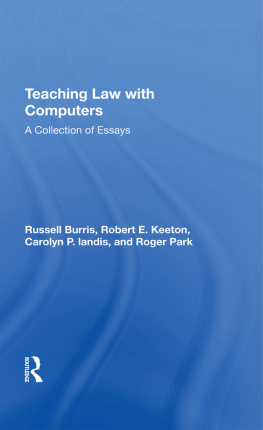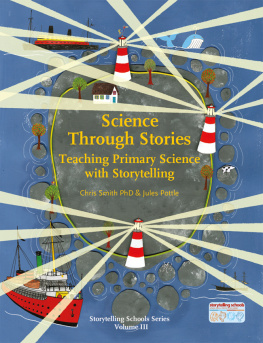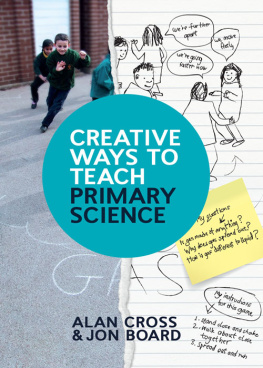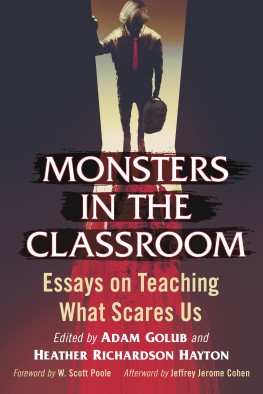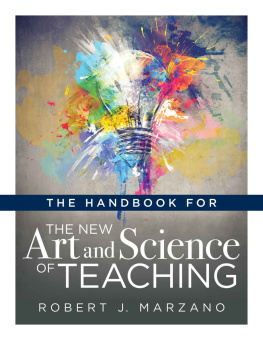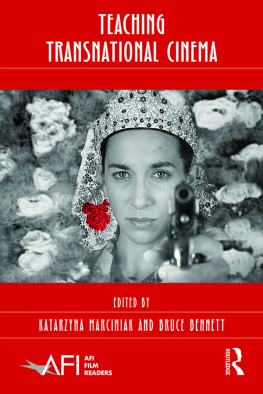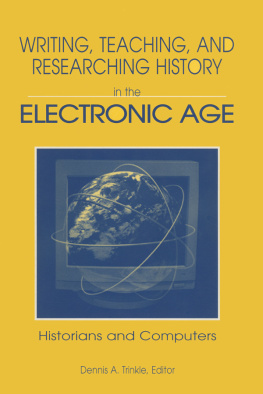About the Book and Authors
Teaching Law with Computers: A Collection of Essays
Russell Burris, Robert E. Keeton, Carolyn P. Landis, and Roger Park
This collection of essays presents an authoritative and penetrating comment on the use of the computer in teaching law. The authors have taught and developed instructional materials for many years; they are intimately familiar with the substance of the law, as well as with the teaching techniques that have proven successful.
Among the subjects discussed are the development of law-related programmed workbooks, predecessors to computer-aided instruction (CAI); research findings and their implications for the design of law-related CAI exercises; advantages and limitations of CAI programs in law; and attempts to measure the effectiveness of CAI as a method of law instruction. The authors outline the process involved in writing and publishing computer-aided instruction in the field of law and describe current experiments through which several exercises in law are being cooperatively used via a computer network, EDUNET.
Russell W. Burris is director of the Consulting Group on Instructional Design and professor of educational psychology at the University of Minnesota. Dr. Burris teaches courses on the teaching-learning process in the Law School of the University of Minnesota. Robert E. Keeton is associate dean and Langdell Professor of Law at Harvard Law School; he is the author of computer-aided exercises in torts, trial practice, and insurance law. Carolyn P. Landis is secretary of the corporation of EDUCOM. Before joining EDUCOM, she was a program officer in the New Jersey Department of Higher Education. Roger Park, professor of law at the University of Minnesota, is the author of ten computer exercises in evidence, civil procedure, and professional responsibility.
Published by Westview Press
5500 Central Avenue, Boulder, Colorado 80301
for
EDUCOM, Interuniversity Communications Council, Inc.
Post Office Box 364, Rosedale Road, Princeton, New Jersey 08590
EDUCOM Series in Computing and Telecommunications in Higher Education
First published 1979 by Westview Press
Published 2019 by Routledge
52 Vanderbilt Avenue, New York, NY 10017
2 Park Square, Milton Park, Abingdon, Oxon OX14 4RN
Routledge is an imprint of the Taylor & Francis Group, an informa business
Copyright 1979 Taylor & Francis
All rights reserved. No part of this book may be reprinted or reproduced or utilised in any form or by any electronic, mechanical, or other means, now known or hereafter invented, including photocopying and recording, or in any information storage or retrieval system, without permission in writing from the publishers.
Notice:
Product or corporate names may be trademarks or registered trademarks, and are used only for identification and explanation without intent to infringe
Library of Congress Cataloging-in-Publication Data
Burris, Russell.
Teaching law with computers.
(EDUCOM series in computing and telecommunications in higher education; 2)
1. LawUnited StatesComputer-assisted instructionAddresses, essays, lectures.
I. Keeton, Robert E., joint author. II. Landis, Carolyn P. III. Park, Roger, joint
author. IV. Title. V. Series: Educom. Educom series in computing and telecom
munications in higher education; 2.
KF279.B8 340.0711 7825873
ISBN 13: 978-0-367-28950-8 (hbk)
1
Why Use a Computer in Teaching and Learning Law?
Robert E. Keeton
In a very real sense, the measure of teaching is how much learning results. Learning can occur without teaching, but no teaching occurs unless the attempt contributes to someones learning.
I. Learning Is Personal
Learning is a personal, individual experience. Suppose that a lecturer speaks on the latest developments in, let us say, professional liabilities of counsel in securities matters. To say that the lecturer has taught that subject matter to a class is only a manner of speaking. The total learning of the class is the sum of what each person in that class has learned individually. Of course this is not to say that interaction among class members counts for nothing; it may contribute a great deal. The measure of how much it contributes is how much it helps individuals learn.
We need to remind ourselves of the obvious: in the planning and development of educational programs the focus of our concern should be not the group but the individual learner. He or she is the bottleneck, or if you prefer a metaphor that accentuates the positive, the gateway.
When we focus on the individual learners, I think we can quickly agree that many variables affect the outcome of an educational program for each individual. For the purpose of illustrating and clarifying a point, permit me an overly mathematical way of stating itan algebraic metaphor: The outcome of a learning experience is the product of a number of factors. Let us assume we can roughly group them all into four factors(A) student ability, (B) student motivation, (C) quality of materials, and (D) quality of instruction. The proposition follows:
(A) (B) (C) (D) = Learning Outcome
If we quantify perfection in each of these factors at one (100 percent), then the ideal outcome of 100 percent learning occurs only when each of the four factors is at one (100 percent). Of course, that ideal is never attained. But even if we assume the ideal of one (100 percent) for all other factors, the maximum outcome is only 50 percent if the students motivation, which directly affects the resulting commitments of energies, is only 50 percent. If, in addition, the materials and teacher are 70 percent as good as they might be, the outcome is: 1 .50 .70 .70 = 24.5 percent. Thus, the student received only one-fourth as much from the program as the students ability permitted.
As already observed, this statement of the point is overly mathematical and therefore not strictly accurate. Another reason it is inaccurate is that the several variables are interdependent rather than independent. For example, good teaching stimulates stronger commitment of student energies and attention; poor teaching, lesser commitment. But a point emphasized by the mathematical metaphor is, I believe, both accurate and vital to the design of an effective educational program. I will state it as a first proposition derived from focusing attention at the outset on learning and only thereafter on teaching: Shortcomings in each of the facets of an educational programthe selection and preparation of teachers, the choice of teaching and learning methods, the design and development of the materials, and the methods of motivating learnershave a multiplied adverse impact on the learning outcome. Focusing attention on the production of learning as the objective of teaching suggests a second proposition that may be expressed as follows: The efficacy and value of a teaching technique are properly measured by its usefulness to learners. From this perspective, the best techniques are those that make the most efficient use of the learners? time, energies and talents.

